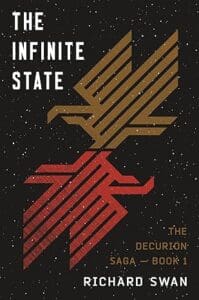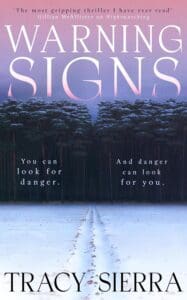
Synopsis
Cedain continues to collapse.
Ashmount’s destruction shatters the Magicai while the culprits responsible continue sabotaging the world. All the while, the next season of Buzzard’s Bowl begins and Edelbrock, in his constant fight for survival, desires a vengeance he can only find in the arena.
Seradal and Villic find themselves in the middle of a war between Remeria and the Camel Clans, and may end up on opposing sides, while the threat of Calrym looms over all of them.
At the behest of the woman he loves, Demri finds himself thrown into the Elkavich, a not-so-secret order of Magicai who are intent upon fixing the world.
Ashen, a former urchin rescued by a noble with selfish aspirations, works to dismantle the nobility of Calrym.
Death is assured to all who walk the world, the only unknown is when they will perish.
Review
Buzzard’s Bowl is the second book in John Pallandino’s Tragedy of Cedain series, and represents a step up from his initial offering, The Trials of Ashmount, in every way. Indeed, the writing is crisper, the world is richer, and the characters experience more growth and emotional resonance than the first book. As this is a sequel, there may be slight spoilers for some of the major events of the first book.
We start out in the aftermath of The Trials of Ashmount. The titular mountain is destroyed, one of our protagonists, Edlebrock Bandis, is about to fight in a cinematic ‘boats in a gladiatorial arena’ event, and our other protagonists are sat upon a knife’s point with the imminent invasion of Remaria following the destruction of Cyrok.
Everything in this book is bigger. The scale, while impressive in the first book, is masterfully honed and managed in a way that makes it feel alive. The newest addition to our main cast, Ashen Hyrel, is a bright spot, and I enjoyed her part of the story the most. Perhaps the best surprise was how characters that didn’t get much screen time, specifically Duke Velturro, became fully realized pieces of the world and the tragedy that began to unfold.
I was also impressed with the narrative risks that Pallandino was willing to take in this book, both from a storytelling standpoint and with stylistic choices. Some of these choices were ones I’ve seen before Abercrombie-esque point-of-view shifts in a battle, point-of-view chapters that are only a handful of words, but others were interesting and served the purpose of driving home exactly what was going on, up to and including changing the names of the POV characters in the chapter headers.
My point being with all of this, if you enjoyed the first book, you will enjoy this one. If you loved the first book, you will love this one all the more. Pallandino shows an improvement that speaks to his maturity as a writer that justifies the faith that his first book earned.
Here is where we can get personal, and I can justify my rating.
The bleakness of this book was a bit too much for me at times. While inspired by Abercrombie, I have found Pallandino’s work, and indeed many Grimdark authors, moving beyond that level of darkness to something blacker. Which, there is nothing wrong with. Plenty of people enjoy things like Beserk, but for me, they tend to be a little too much. If you are an acolyte of this new wave of grim blackness, you will delight in the avarice and iniquity you find in these pages. In fact, I would say that this may be one of the best books you ever read in the genre.
Once again, this doesn’t speak to the quality of the work, but merely my enjoyment of it. And really, my critiques tend to be things that didn’t work for me, but I believe would work for others.
For instance, I found some of the idiosyncrasies of the side characters grated on me (Ced, the other guy I can’t remember the name of who rhymes). Maybe I’m alone in those feelings, but I’m sure as minor as those things are, they could be divisive.
Lastly, and most hypocritically, the two characters I found the most compelling in the entire series met an ignominious end. Yes, I recognize this is a case of the pot calling the kettle black. Yes, they served the narrative. Yes, it made sense. However, I wished the narrative had more for them or that their ends were dragged out a bit more, especially with how quickly the end occurred (maybe a novella, eh, John? A prequel novella?)
If you are a Grimdark fan, I strongly recommend you give this series a try. It is bleak, it is brutal, and honestly, it is mostly a lot of fun. If you are a bit more squeamish like me, I would maybe look up reviews or ask friends who have read it for trigger warnings (my lord that list must be massive).
John Pallandino has a unique voice and has cemented himself as his own author, and I have no doubts the conclusion to this series will further increase the quality and his own brand of delightful maliciousness.







Leave a Reply